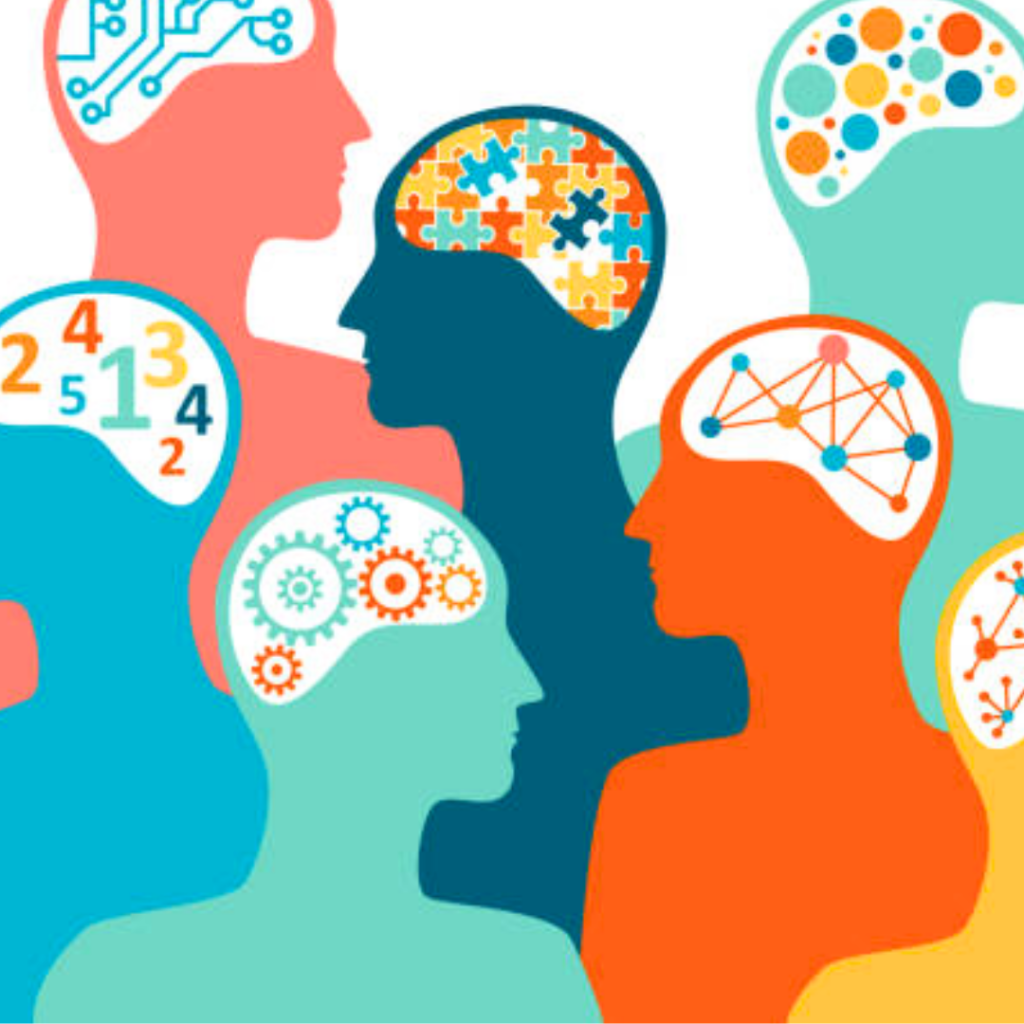

Different is the new normal!
The new BSI standard, Design for the Mind (PAS 6463:2022.), is an excellent starting point for anyone with a professional or personal interest in creating places where we can all feel our best. That could be designing a workplace or simply choosing where to go for dinner. The standard splits the broad term ‘neurodiverse’ into three.
The BSI coins the term ‘sensory and/or information processing difference’ – it’s a bit unwieldy but perhaps more accurate than neurodiverse when you realise just how dynamic and wide-ranging these differences are.
But why should you care?
An estimated one in five people is considered neurodiverse, including up to 10% of people who are diagnosed with dyslexia, 5% diagnosed with attention deficit hyperactivity disorder (ADHD), and 1-2% with autism – Neurodiversity As A Strengthening Point For Your Team And Our Society.
That’s a lot of people spending a lot of money and choosing who to work for. The commercial opportunity is clear:
What does that mean for lighting?
Retrofit for our future selves
As the UK Green Building Council points out, 80% of the homes we will live in in 2050 are already built – UKGBC responds to CCC housing report.
Retrofit is the obvious solution. The Pocklington Trust guide offers some excellent simple tips. A practical guide to improving existing homes.
1. Offer control – switch different areas separately, make sure the controls are easy to use – try using the remote wearing a big pair of gloves
2. Shade – choose fittings where the light source is hidden from view, and ideally can be angled too. Try taking a photo with a slightly grubby lense to spot potential glare.
3. Practical – offer focused light over worktops, in deep cupboards and next to a reading seat. Try standing in the user’s position and check for shadows.
4. Distinct – use colour and surface texture to highlight the edge of steps, doors or bins. Reduce dazzle in bathrooms and kitchens with matt surfaces. Try taking a photo in black and white to check the contrast is clear.
5. Avoid trailing wires and cables and consider USB chargeable lamps. Try walking around the space wearing oversized shoes with the laces undone.
Making an Entrance
Getting out and about is key to physical and mental health for all of us – Nurtured by nature.
This is especially important for people with low vision – Environmental and behavioural interventions for reducing physical activity limitation and preventing falls in older people with visual impairment.
This Thomas Pocklington Trust study offers some fascinating insights – and suggestions we can all use to make an entrance that feels safe and comfortable – Making an Entrance: Colour, contrast and the design of entrances to homes of people with sight loss.
See it through their eyes
All of these changes are simple common sense.
There is no substitute for simply making the effort to see the world through someone else’s eyes.
One in 25 children suffers from a vision issue which gets in the way of them studying at school. No wonder some of them struggle to focus!
One in 12 men have some colour vision difference or deficiency, which affects their ability to tell certain colours apart.
Cataracts or diabetes or simply spending time in a dry space increases your risk of suffering from glare. Increasing risk of depression – and accidents on the road.
So what can you do?
I invite you to take a moment to have a look around and listen to the people you care for:
Or simply wear a peak cap if you don’t have any control at all.
It’s time to realise just how important light is in helping us all to see eye to eye!